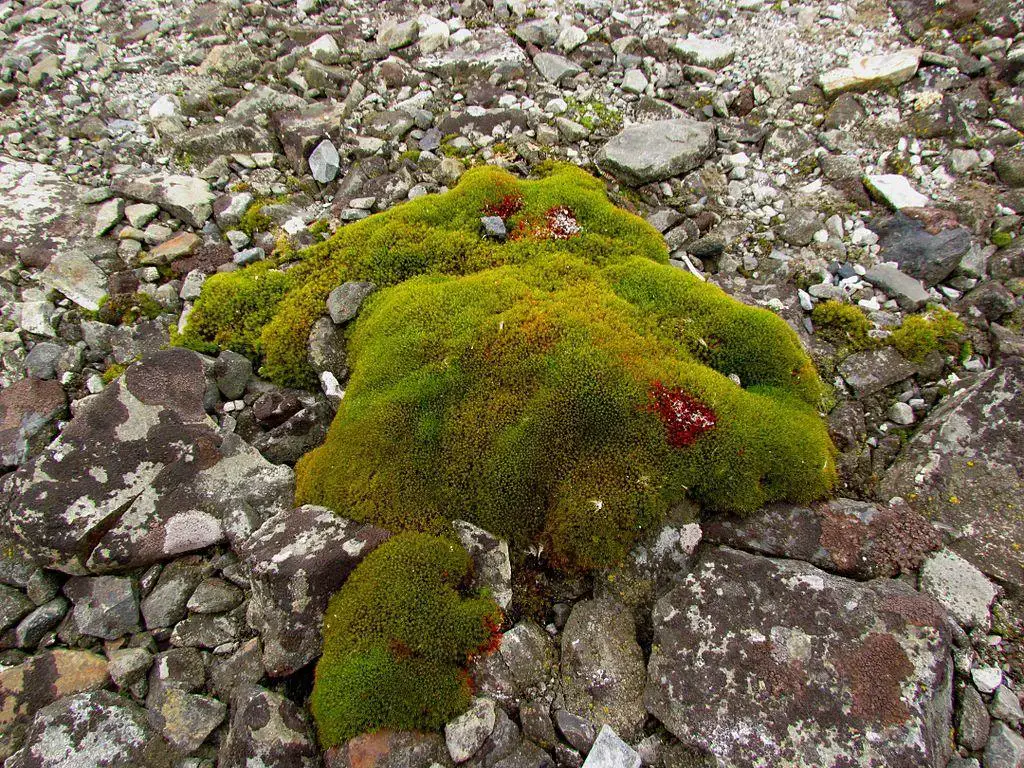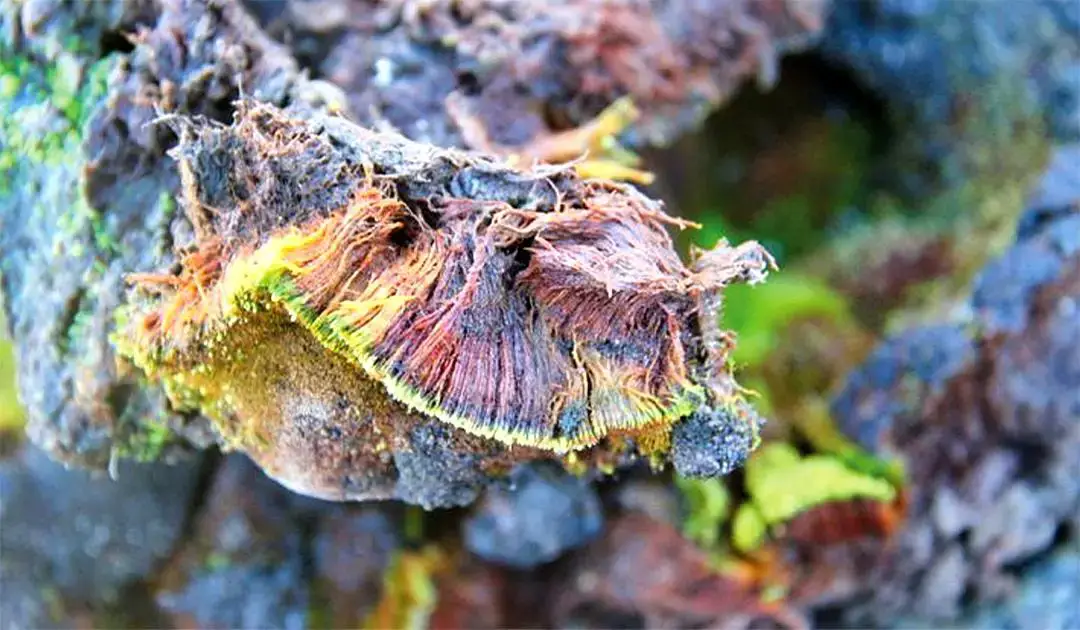
8c8781118-130829-mossphoto-hmed-1040a-files.nbcnews-ux-1024-900.jpg from: https://www.nbcnews.com/science/antarctica-moss-sees-growth-spurt-thanks-warming-8C11033570
Exploring the Fascinating World of Tortula antarctica (Hampe) Wilson Moss
Introduction

_103559249_mediaitem103559248.jpg from: https://www.bbc.co.uk/news/science-environment-45629395
Mosses are often overlooked, but they play a vital role in many ecosystems around the world. One particularly interesting species is Tortula antarctica (Hampe) Wilson, a moss belonging to the Pottiaceae family. Also known simply as Tortula

P1120891.jpg from: https://www.pulseheadlines.com/moss-growing-alarming-pace-antarctica/63277/
, this moss is found in the harsh environment of Antarctica. In this blog post, we’ll dive into the fascinating world of Tortula antarctica and explore its unique characteristics and ecological importance.
Background
Mosses are non-vascular plants in the division Bryophyta. They lack true roots, stems, and leaves, instead having simple structures that perform similar functions. Mosses are found on every continent, from the Arctic to the Antarctic, and play important roles in their ecosystems.

Antarctic_Moss.jpg from: https://www.westarctica.wiki/index.php?title=File:Antarctic_Moss.jpg
Tortula antarctica was first described by German botanist Georg Ernst Ludwig Hampe in 1837. It was later reclassified into the genus Tortula by William Wilson in 1854. This moss is one of the few species that can survive the extreme conditions of Antarctica.
Morphology and Identification
Tortula antarctica forms dense cushions or mats, typically growing to about 1-3 cm tall. The leaves are lanceolate (lance-shaped) and have a hair-point at the tip. The leaf margins are recurved (curved back). The laminal cells (cells of the leaf blade) are quadrate to short-rectangular.
The moss produces sporophytes (spore-producing structures) on short setae (stalks). The capsules are cylindrical and have a peristome (toothed structure around the mouth) with 32 teeth that are spirally twisted. These distinct features help identify Tortula antarctica in the field.
Global Distribution and Habitat
Tortula antarctica is found primarily in

8c8781118-130829-mossphoto-hmed-1040a-files.nbcnews-fp-1200-800.jpg from: https://www.nbcnews.com/sciencemain/antarctica-moss-sees-growth-spurt-thanks-warming-8C11033570
Antarctica and the sub-Antarctic islands, such as South Georgia and the South Sandwich Islands. It grows on rocks, soil, and even penguin guano in coastal areas. This moss is well-adapted to the harsh conditions of Antarctica, tolerating low temperatures, high winds

Bryum-Bharatiensis.jpg from: https://polarjournal.ch/en/2021/07/10/new-moss-discovered-in-antarctica/
, and drought.
Ecological Roles and Adaptations

Tortula-acaulon-4-450×300.jpg from: https://ohiomosslichen.org/moss-tortula-acaulon/
As one of the few plant species in Antarctica, Tortula antarctica plays a crucial role in its ecosystem. It helps stabilize the soil, prevents erosion, and provides habitat and food for microorganisms and small invertebrates.
To survive the extreme Antarctic environment, Tortula antarctica has developed several adaptations:
- Desiccation tolerance: The moss can withstand long periods of drought by going into a dormant state.
- Freeze tolerance: Tortula antarctica can survive being frozen for extended periods.
- Dark pigmentation: The dark color of the moss helps it absorb more heat from the sun.
- Compact growth form: Growing in dense cushions helps the moss retain moisture and protect itself from the wind.

moss-growing-rocks-antarctica-green-moss-growing-up-small-grey-rocks-antarctica-104550409.jpg from: https://www.dreamstime.com/moss-growing-rocks-antarctica-green-moss-growing-up-small-grey-rocks-antarctica-image104550409

rs31424_17-moss-aspa_sharon-robinson_2.1080×1080.jpg from: https://www.antarctica.gov.au/about-antarctica/plants/
| Characteristic | Description |
|---|---|
| Height | 1-3 cm |
| Leaf shape | Lanceolate with hair-point |
| Leaf margins | Recurved |
| Laminal cells | Quadrate to short-rectangular |
| Sporophytes | On short setae |
| Capsules | Cylindrical with 32 spirally twisted peristome teeth |
Conclusion
Tortula antarctica (Hampe) Wilson is a remarkable moss that thrives in one of the harshest environments on Earth. Its unique adaptations and ecological roles make it a fascinating subject of study for botanists and ecologists alike. As we continue to explore the world’s ecosystems, it’s important to remember the small but mighty organisms, like Tortula antarctica, that play such vital roles in maintaining the balance of life on our planet. The next time you see a patch of moss, take a moment to appreciate its resilience and beauty. Who knows what other secrets these tiny plants may hold?

uow252091.jpg from: https://www.uow.edu.au/media/2018/antarcticas-moss-forests-are-drying-and-dying.php